When you think of an old radio it’s possible you imagine a wooden-cased tube radio receiver as clustered around by a 1940s family anxious for news from the front, or maybe even a hefty 19-inch rack casing for a “boat anchor” ham radio transmitter. But neither of those are really old radios, for that we must go back another few decades to the first radios. Radio as demonstrated by Giulielmo Marconi didn’t use tubes and it certainly didn’t use transistors, instead it used an induction coil and a spark gap. It’s a subject examined in depth by [The Plasma Channel] and [Blueprint], as they come together to build and test a pair of spark gap transmitters.
This is a collaboration between two YouTube channels, so we’ve put videos from both below the break.They both build simple spark gap transmitters and explain the history behind them, as well as running some tests in RF-shielded locations. The transmitters are fairly crude affairs in that while they both use electronic drives for their induction coils they don’t have the resonant tank circuitry that a typical early-20th-century transmitter would have had to improve its efficiency.
They are at pains to remind the viewer that spark gap transmitters have been illegal for nearly a century due to their wideband interference so this is definitely one of those “Don’t do this at home” projects even if it hasn’t stopped others from trying. But it’s still a fascinating introduction to this forgotten technology, and both videos are definitely worth a watch.
Continue reading “The Comforting Blue Glow Of Old Time Radio”

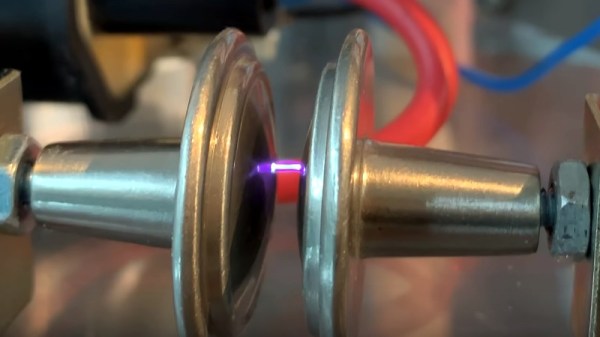
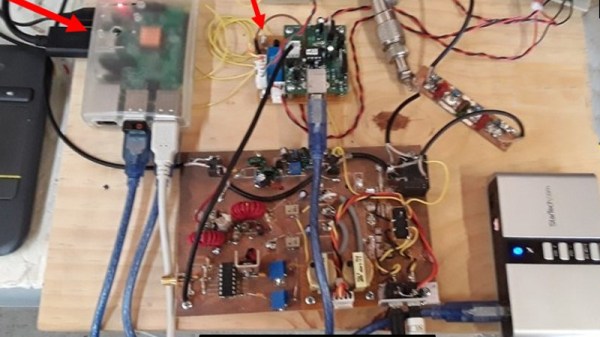
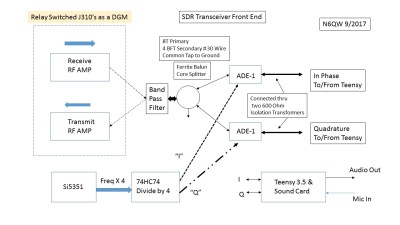
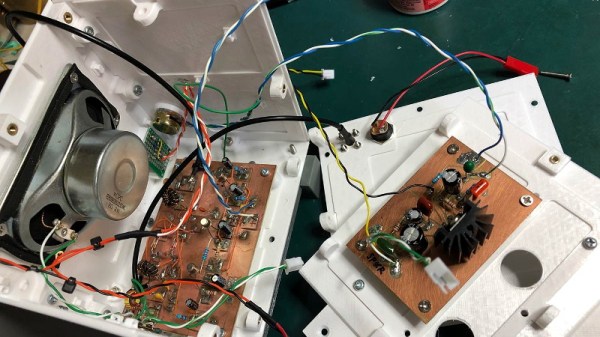
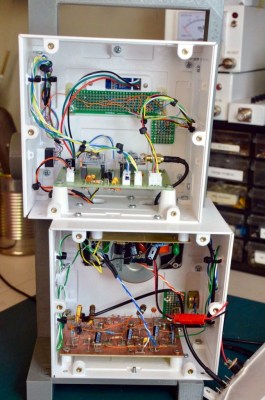
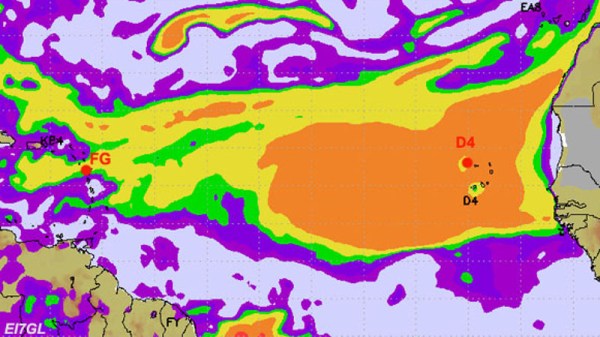

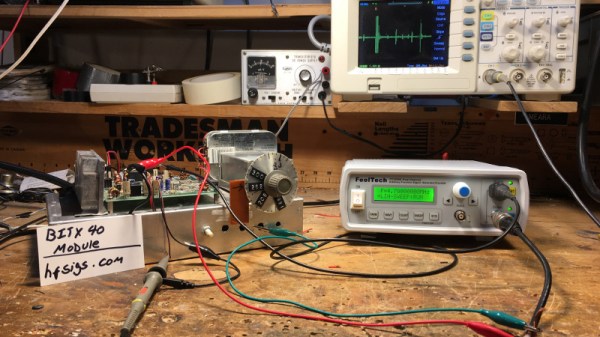
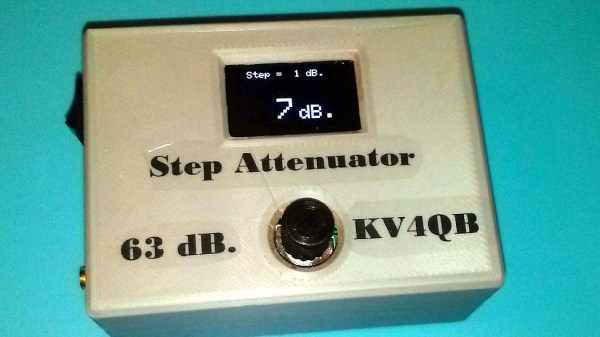
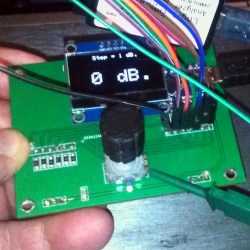 In the RF world, attenuators are a useful test and measurement tool. Variable units that can apply different levels of attenuation in discrete steps are even better. [DuWayne] made
In the RF world, attenuators are a useful test and measurement tool. Variable units that can apply different levels of attenuation in discrete steps are even better. [DuWayne] made 







